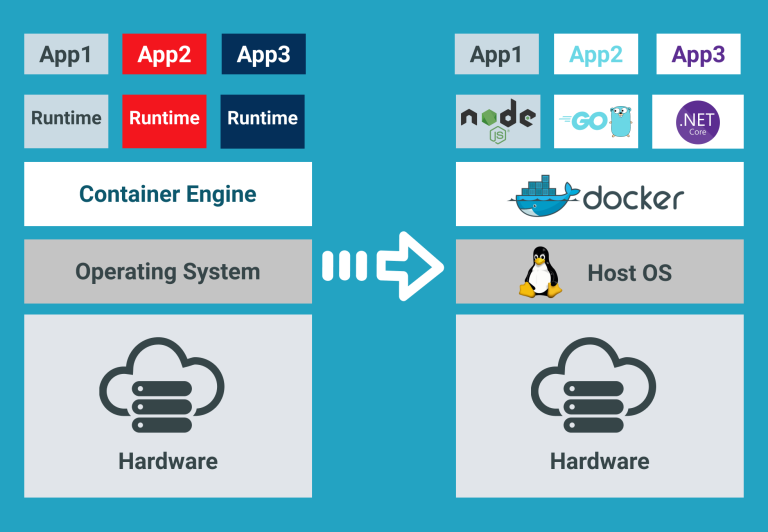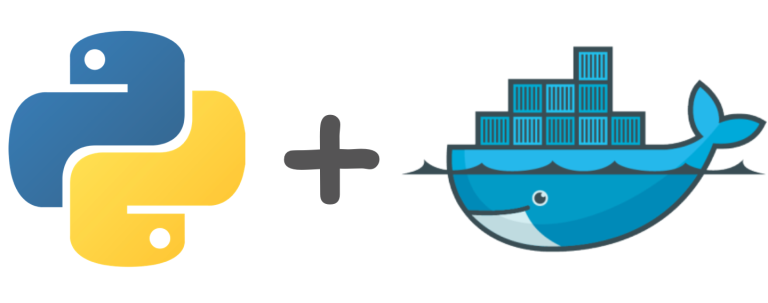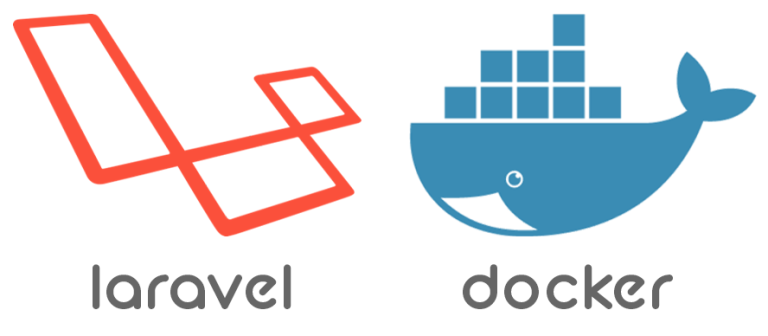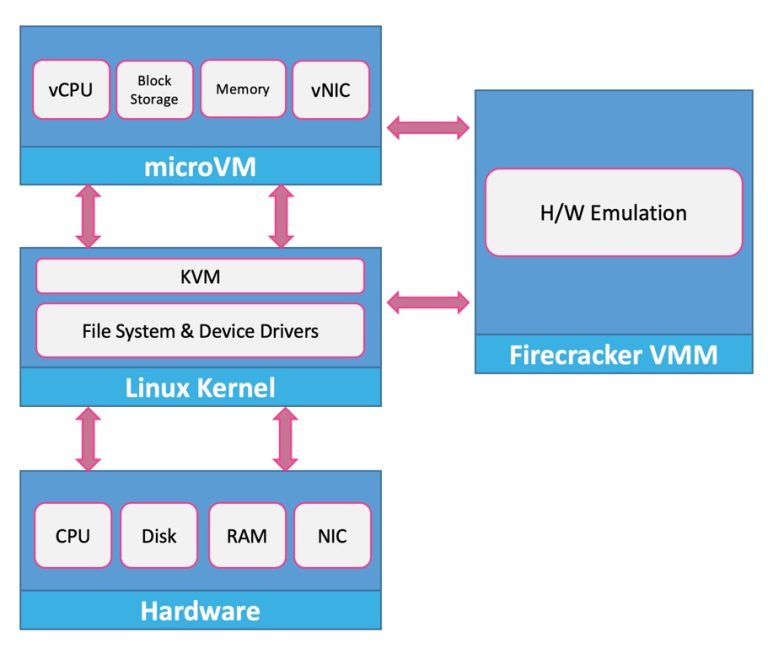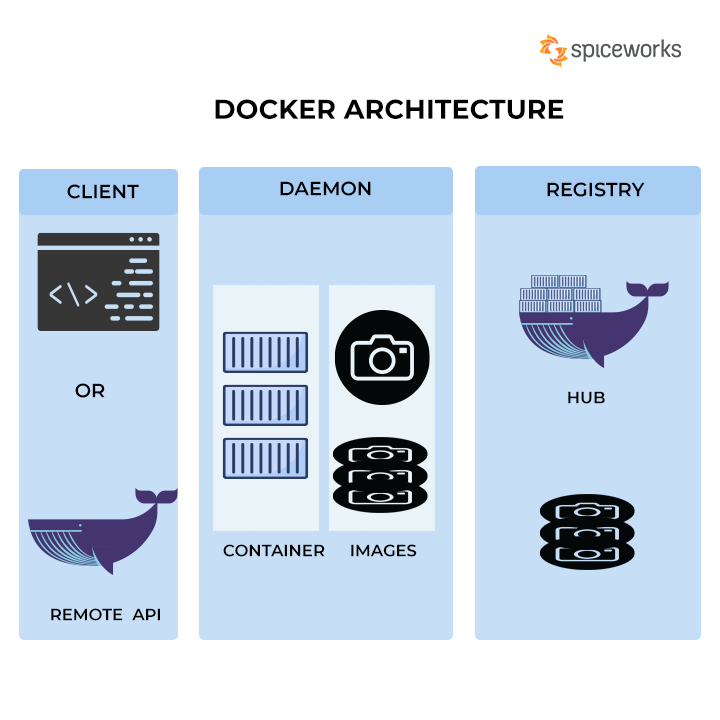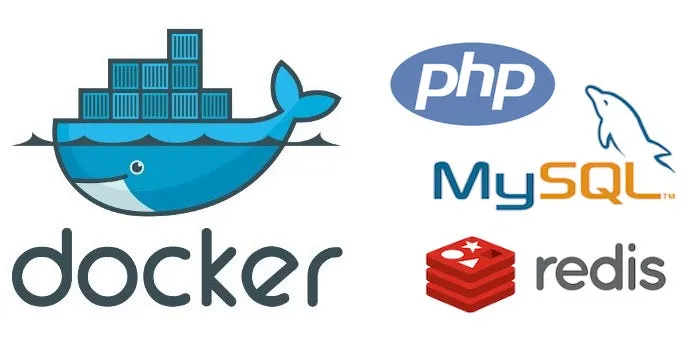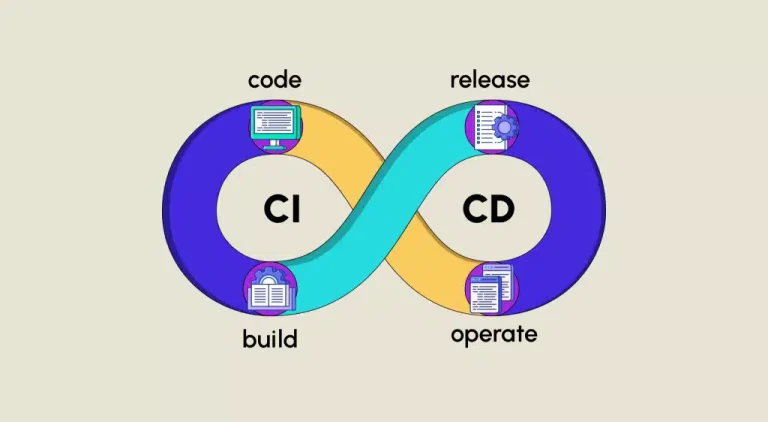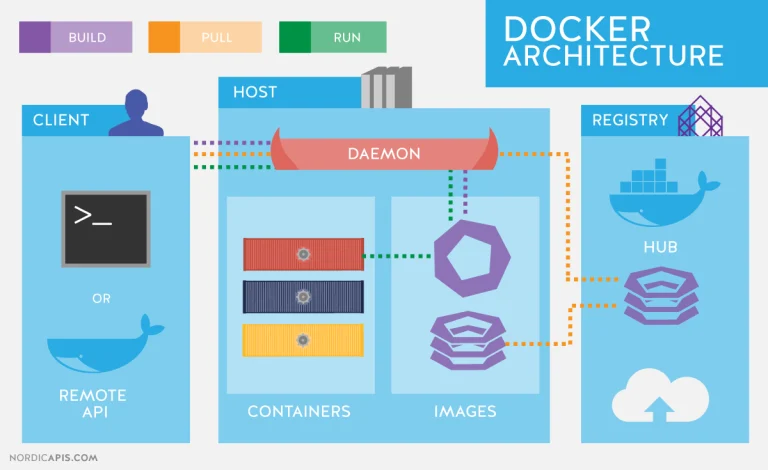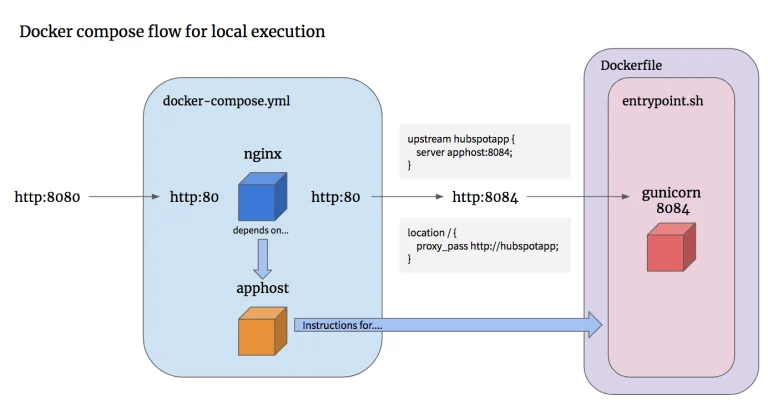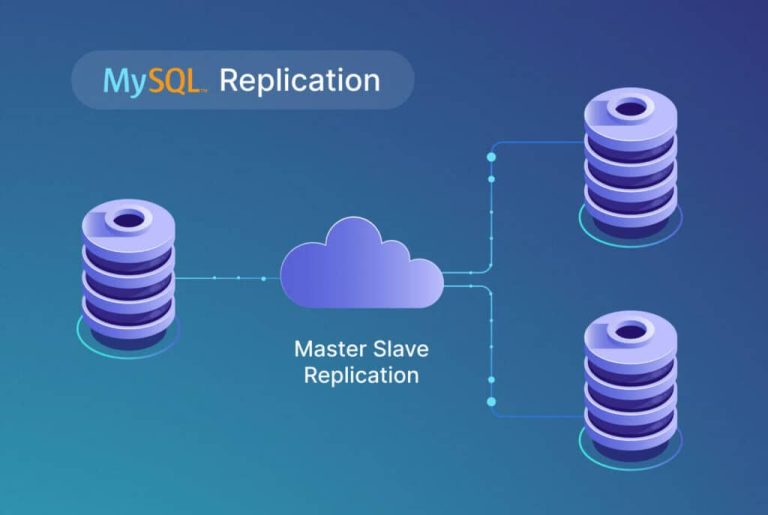In the ever-evolving landscape of modern software development, containerization and virtualization technologies have become integral components for building scalable, efficient, and easily deployable applications. Three key players in this arena are Docker, Virtual Machines (VMs), and Kubernetes. In this article, we will delve into their strengths and weaknesses through real-world case studies to help you make informed decisions based on your specific use case.
Case Study 1: Microservices Orchestration
Docker:
Docker, with its lightweight containers, has gained immense popularity for microservices architectures. Developers can encapsulate each microservice in a Docker container, ensuring easy deployment and scaling. Docker Compose allows for the definition and orchestration of multi-container applications, simplifying the management of interconnected microservices.
Virtual Machines (VMs):
VMs provide strong isolation between applications, making them a traditional choice for running diverse workloads. However, the overhead of running a full operating system for each VM can be resource-intensive, limiting their agility in a microservices environment.
Kubernetes:
Kubernetes, designed for container orchestration, excels in managing containerized applications at scale. It can deploy, scale, and manage Docker containers across a cluster of machines. Kubernetes’ ability to handle complex microservices architectures makes it a compelling choice for large-scale, distributed applications.
Conclusion:
For microservices orchestration, Docker and Kubernetes are well-suited. Docker provides the lightweight containers, while Kubernetes offers robust orchestration capabilities, making them a powerful combination.
Case Study 2: Resource Utilization
Docker:
Docker containers share the host OS kernel, leading to efficient resource utilization. Containers start quickly, and their lightweight nature allows for running more containers on a given host compared to VMs. This makes Docker an excellent choice for environments where resource efficiency is crucial.
Virtual Machines (VMs):
VMs, being more heavyweight, consume more resources as they run complete operating systems. While VMs provide stronger isolation, this comes at the cost of higher resource overhead. VMs are typically preferred when strict isolation is a top priority.
Kubernetes:
Kubernetes orchestrates containers, whether they are Docker or other container runtimes. It maximizes resource utilization by dynamically allocating resources based on application needs. Kubernetes’ ability to scale containers up or down based on demand contributes to efficient resource management.
Conclusion:
For optimal resource utilization, Docker and Kubernetes offer advantages over traditional VMs. Docker provides lightweight containers, and Kubernetes optimizes their distribution across the infrastructure.
Case Study 3: Application Scaling
Docker:
Docker’s containerization allows for quick and easy scaling. Developers can create identical containers and scale them horizontally to handle increased demand. Docker Swarm, Docker’s native clustering and orchestration solution, facilitates the scaling of containers across multiple hosts.
Virtual Machines (VMs):
Scaling VMs involves launching additional virtual machines, which can be a slower process compared to container scaling. The overhead of booting up full operating systems for each VM may hinder rapid scaling.
Kubernetes:
Kubernetes excels in automatic scaling based on defined policies. It can dynamically adjust the number of container replicas based on factors like CPU usage or incoming requests. This enables efficient scaling without manual intervention.
Conclusion:
For dynamic and automated scaling, Kubernetes provides a robust solution. While Docker can scale containers manually, Kubernetes adds the intelligence to scale based on predefined rules.
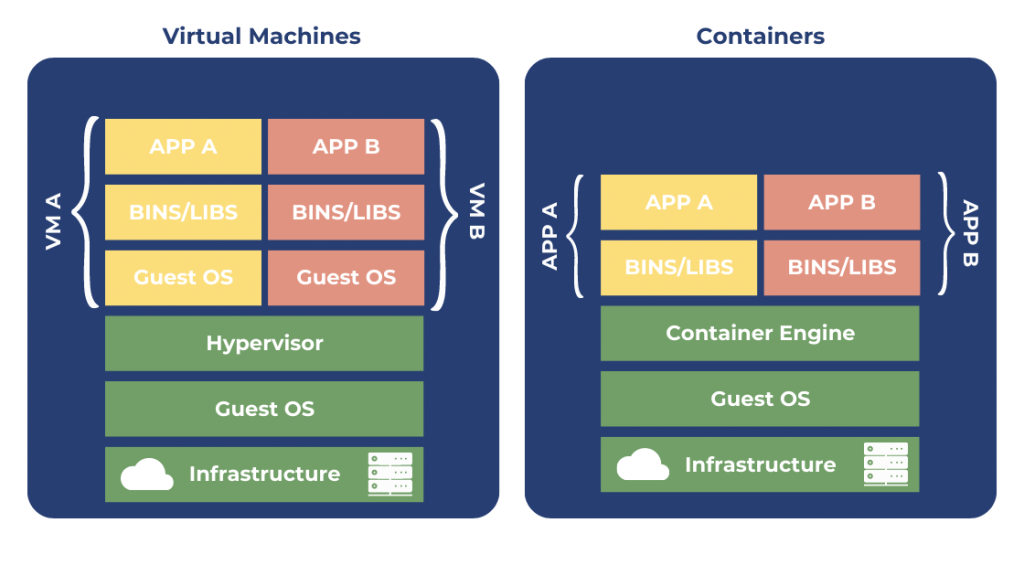
Conclusion:
The choice between Docker, VMs, and Kubernetes depends on the specific requirements of your application, infrastructure, and operational preferences. Docker excels in lightweight containerization, VMs provide strong isolation, and Kubernetes serves as a powerful orchestrator for managing containerized applications at scale.
In many scenarios, organizations use a combination of these technologies to harness their individual strengths. Docker containers might be orchestrated by Kubernetes, running on VMs for additional isolation. Understanding the nuances of each technology and their interoperability can empower you to design a resilient, scalable, and efficient infrastructure tailored to your needs. As technology continues to advance, staying informed about the latest developments in Docker, VMs, and Kubernetes will be essential for making informed architectural decisions.



